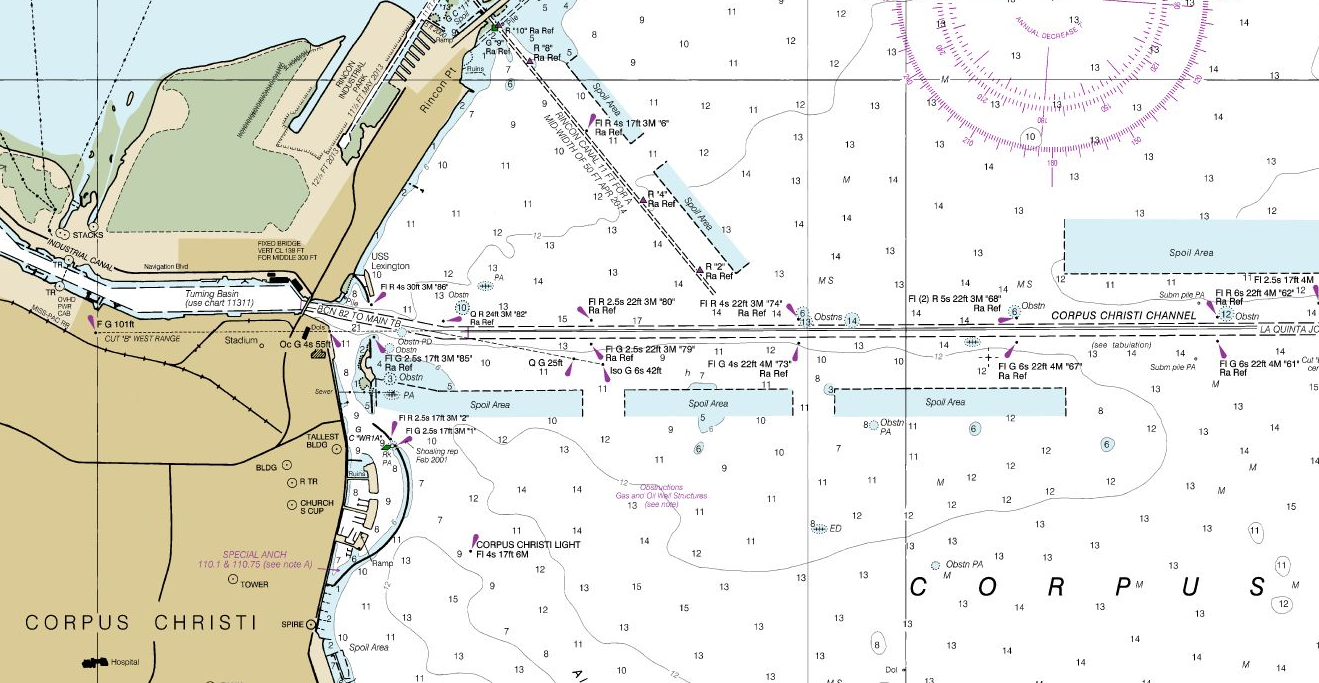Want to know more about sailing in Corpus Christi bay? PRO for US Nationals, Mark Foster, has put together the following overview of what to expect in this majestic bay!
By Mark Foster, PRO: Welcome to Corpus Christi Bay. For the past 40 years I have raced and sailed in Corpus Christi and would like to share with you some of my experiences with the wind, waves and current patterns that normally occur during a typical afternoon.
The sea breeze will be fairly consistent with small shifts. The pressure will build from the right side. The normal SE sea breeze develops with the heating of the land and takes about 10 degrees of temperature differential to develop. The bay water should be in the mid 80’s. The breeze can start as far left as 90 degrees and as far right as 170 degrees; it usually settles in around 125 to 140 degrees and then builds to 15 to 18 knots, gusting to 20. One of my favorite web sites to review the wind is the Conrad Blucher institute web site, which can be found at TAMUCC Wind.
Pull out a bay chart and locate the Nueces Bay Causeway. When sailing out of the gap you will see the low long bridge with a small hump in it, this is the Nueces Bay Causeway. From the Causeway, look upwind to the race course and you will notice more wind pressure over the length of the Causeway. The wind will build faster due to the fact that it is not blocked by the downtown buildings. So, while the general consensus is to go right, it can pay to work the left side of the course as the winds builds from 8 to 15 knots.
The wave pattern is consistent across the course. Look at the chart and note that the bay averages 10 to 14 feet deep. With the SE breeze, the waves have an 8 to 10 mile fetch before they reach the race course. When big waves come, they are in a set of three, and you are advised to try and avoid them at all cost. Notice going upwind, that starboard tack is more into the waves and port tack is more across the waves. You should set your sail trim for each tack. In general you will find that port tack is faster than starboard.
The sea breeze will set up a wind driven current that flows northwest towards the Harbor Bridge and returns up the bay inside Alta Vista reef. The current is consistent across the course and does not exceed ½ knot. The Alta Vista reef runs parallel to the shore, approximately ½ to 1 mile off the bay front, marked by two permanent markers. Number 1 on the north end and Number 3 on the south end and are noted on the bay chart. The race course will be set outside the reef and current should not be a factor in the racing.

